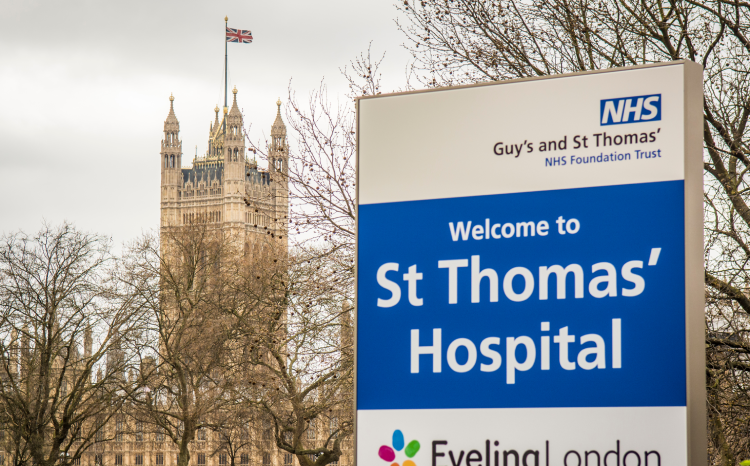Levin warns on NHS open source approach
- 9 October 2013

The former chief technology officer of the US Department of Veterans Affairs has warned that NHS England’s bid to bring open source to the health service will fail without a central authority to curate it.
Peter Levin, whose achievements at the VA included helping to create that Blue Button initiative, which gives patients an easy way to view and download their personal health records, was hired by NHS England to advise on managing open source development.
He was part of an NHS working group that looked at the potential for bringing an Open Source Electronic Health Record Agent or Osehra vision for VistA to the UK.
OSEHRA is a US not-for-profit organisation that aims to create a “vendor neutral community for the creation, evaluation, promotion and support for an open source electronic health record."
VistA is the much-acclaimed open source EMR developed by the VA, to which blue button is attached.
NHS England has decided not to adopt “an Osehra-type model” and to work instead with 13 trusts interested in adopting open source systems.
However, Levin called EHI exclusively to say that while he is very supportive of NHS England’s move towards open source, he “strongly disagrees” that the certification, test and community making processes of the project should be delegated to individual trusts.
“You do need a central authority with a light touch to facilitate that custodial function,” he said.
In a post on EHI Levin added: “A single, non-profit, community of interest-like foundation could catalyse discussion, cohere the community, and deliver production-ready code faster, safer and less expensively.”
He told EHI that despite his history with the VA, he is personally not partial to VistA.
“I know very well that it’s a very good system, but my role at the NHS was to not promote any particular enterprise EPR platform, but to promote a standards-based openly architected system,” he explained.
Beverley Bryant, NHS England’s director of strategic systems and technology, told EHI that she felt an Osehra-style model would be seen as a “top-down approach” by the NHS, which would not be welcome following the problems with the National Programme for IT.
The commissioning board will instead create a procurement framework for the 13 trusts that expressed particular interest in open source systems through the recent round of bidding for the first tranche of money to come from the ‘Safer Hospitals, Safer Wards Technology Fund’.
This will bring together the open source products and run tenders for the implementation, support and hosting of the systems.
However, Levin said that before any money is spent, NHS England should reconsider its decision to de-centralise the custodial functions and the benefits of a central body if properly constituted.
“What you can insist upon as the NHS, and as patient and tax-payer, is that there’s a centralised authority whose purpose is to make sure the standards are uniform throughout the system and this is where the NHS decision has a deficit,” he said.
“To de-centralise the custodial function will cost you time and money and will end up with the same situation you have today.”
Levin agreed with Bryant about the need not to be seen as taking a “top-down approach”, but said NHS England has “grossly overcompensated” for this.
He argued that trusts will not share information and neither will suppliers, meaning they cannot benefit from acting as a group.
“I am not advocating another debacle like the national programme, but you will have the exact same non-result if you devolve the custodial function to the periphery,” he said.
“You wouldn’t ask trusts to make their own electricity or pump their own water, so why would you do this? These are utility functions that deserve to be centralised.”




